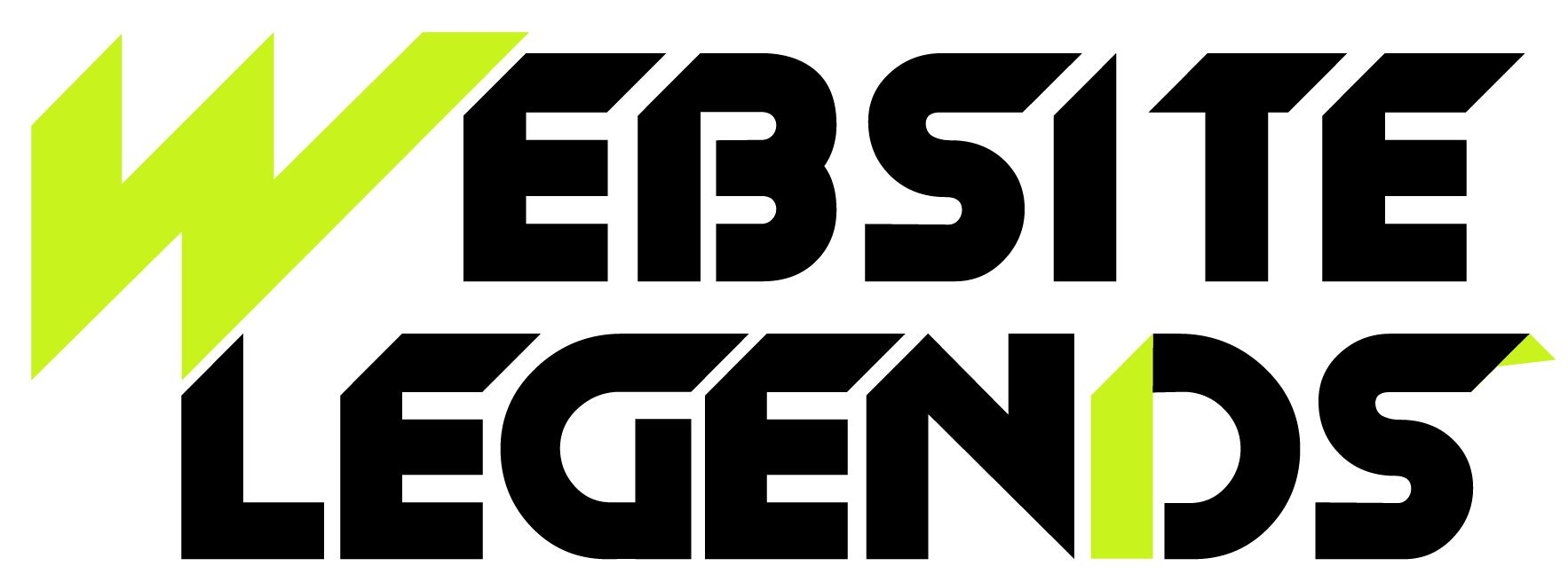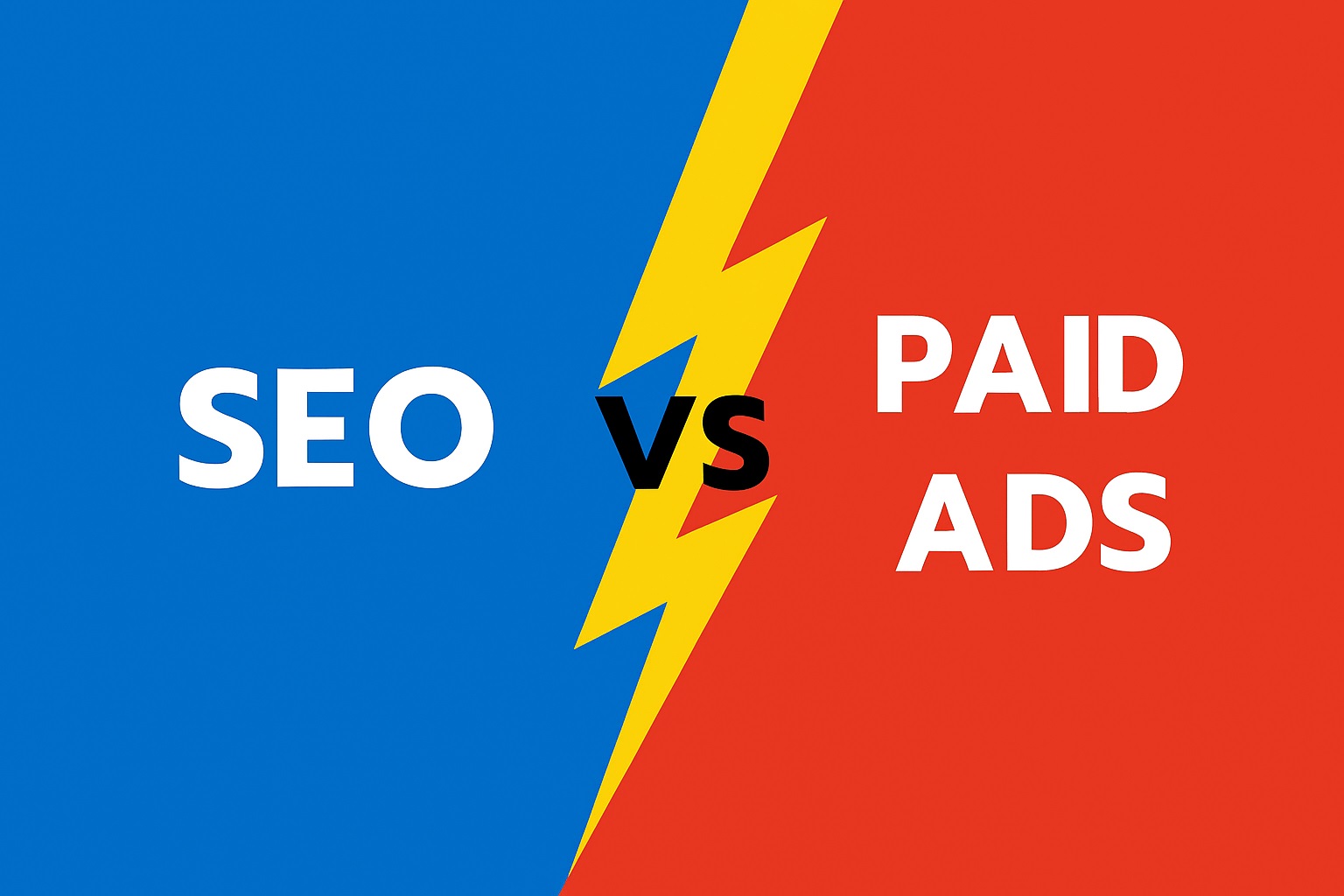Introduction:
In the world of digital marketing, businesses often face a crucial decision: should they invest in SEO (Search Engine Optimization) or Paid Ads (Pay-Per-Click or PPC)? Both strategies have their own merits and can significantly contribute to online success, but choosing the right one—or the right combination—depends on your business goals, budget, and timeline.
In this blog, we’ll compare SEO vs Paid Ads side by side, exploring the benefits, challenges, and best use cases for each. By the end of this guide, you’ll have a clearer understanding of which digital marketing service is the best fit for your business.
What Is SEO?
SEO (Search Engine Optimization) is the process of optimizing your website to rank higher in organic (unpaid) search engine results. This includes improving website structure, creating high-quality content, optimizing meta tags, building backlinks, and enhancing user experience to meet search engine requirements.
The goal of SEO is to increase the visibility of your website over time through organic traffic. It’s a long-term strategy that builds credibility and trust with both search engines and users.
Key Benefits of SEO:
- Long-Term Results: Once you achieve high rankings, organic traffic can continue to flow for months or even years with minimal ongoing investment.
- Trust and Credibility: Websites that appear in organic search results are often perceived as more trustworthy and authoritative.
- Cost-Effective in the Long Run: While SEO requires an upfront investment in terms of time and resources, the long-term cost per lead or customer is often much lower than paid advertising.
- Sustainability: With SEO, you’re not constantly paying for visibility. Once you rank, you can maintain your position with continuous optimization and updates.
Challenges of SEO:
- Takes Time to See Results: Unlike paid ads, which can drive traffic immediately, SEO is a long-term strategy. It may take several months to see significant results.
- Requires Ongoing Effort: SEO is not a one-time task. It requires continuous effort to maintain and improve rankings.
- Competitive: Ranking in competitive industries can be challenging, especially if you’re competing against established brands with large budgets.
What Are Paid Ads (PPC)?
Paid Ads, often referred to as PPC (Pay-Per-Click), involve paying for advertising space on search engines or other platforms like social media. The most common PPC platform is Google Ads, where you bid on keywords relevant to your business. When users search for those keywords, your ad may appear in the search results, and you pay only when someone clicks on your ad.
Paid ads are designed to bring immediate traffic and can be highly targeted based on user demographics, behavior, and location.
Key Benefits of Paid Ads:
- Instant Results: Unlike SEO, paid ads can drive traffic to your website as soon as your campaign is live, making it ideal for businesses that need quick results.
- Highly Targeted: Paid ads allow you to target specific demographics, locations, and even interests, ensuring your ads reach the right audience.
- Control Over Budget: With paid ads, you have full control over your budget and can set daily limits. This allows for flexibility and scalability.
- Measurable ROI: PPC campaigns provide detailed analytics that allows you to measure and optimize your return on investment (ROI) in real-time.
Challenges of Paid Ads:
- Costs Can Add Up: While paid ads can bring immediate results, they can become costly, especially in competitive industries with high CPC (cost per click).
- Temporary: Once you stop funding your paid ad campaign, the traffic and leads will cease. This makes it a short-term solution unless you continuously invest in ads.
- Ad Fatigue: Users can become blind to ads after seeing them repeatedly, leading to diminishing returns over time if campaigns aren’t refreshed.
SEO vs. Paid Ads: Which One Is Right for Your Business?
1. Consider Your Business Goals
- If You Need Quick Results: If your business needs immediate traffic and lead generation, Paid Ads are the way to go. PPC campaigns can be set up quickly and deliver results almost instantly.
- If You’re Looking for Long-Term Growth: If you’re willing to wait and invest in long-term results, SEO is a better choice. It’s ideal for businesses looking to build credibility, improve organic rankings, and maintain a steady flow of traffic over time.
2. Evaluate Your Budget
- Limited Budget: If you have a limited marketing budget, SEO is a more cost-effective long-term solution. While the initial investment can be significant in terms of time and resources, the long-term results can be more sustainable without the ongoing costs of paid advertising.
- Flexible Budget: If you have a larger marketing budget, you can consider using both SEO and Paid Ads in tandem to create a balanced digital marketing strategy. Paid ads can provide immediate visibility while SEO builds organic traffic over time.
3. Assess Your Industry’s Competition
- Highly Competitive Industries: In industries where competition is fierce (such as legal services, real estate, or insurance), Paid Ads can help you quickly secure top positions for highly competitive keywords. However, investing in SEO is equally important for long-term organic rankings.
- Niche Markets: If your business operates in a niche market with less competition, SEO can be a more effective and affordable way to build traffic over time. Fewer businesses are likely to bid for niche-related keywords, making it easier to rank organically.
4. Consider Your Timeline
- Short-Term Marketing Campaigns: If you’re running a special promotion or launch and need immediate results, Paid Ads are ideal. PPC campaigns can generate traffic and leads quickly, which is essential for time-sensitive offers.
- Sustained Growth and Branding: SEO is best suited for businesses that want to build a strong online presence over time. If you’re not in a rush and can wait for organic traffic to increase, SEO will deliver a more sustainable, long-term benefit.
5. Your Audience’s Search Behavior
- Transactional Searches: If your customers typically conduct transactional searches (e.g., “buy [product] now” or “best [service] near me”), Paid Ads can capture their attention immediately. These users are often closer to making a purchase, so paid ads can help drive conversions.
- Informational Searches: If your audience is typically searching for information or looking to solve a problem, SEO can help you rank for informational queries and educate potential customers. Through valuable content, you can attract people early in the buyer’s journey and nurture them over time.
How to Combine SEO and Paid Ads
For businesses looking to maximize their online visibility and achieve balanced results, combining SEO and Paid Ads is a powerful strategy. Here’s how you can integrate both:
- Use Paid Ads for Immediate Traffic: While your SEO efforts build traction over time, you can use Paid Ads to drive traffic to specific landing pages or special offers.
- Leverage SEO Insights for PPC Campaigns: Use the data gathered from your SEO efforts to refine your paid campaigns. Keywords that are already bringing organic traffic can be targeted in your PPC campaigns for even more visibility.
- Maintain Consistency Across Channels: Ensure that the messaging and tone in both your SEO and Paid Ads campaigns are consistent to provide a unified customer experience.
Conclusion
Both SEO and Paid Ads are powerful digital marketing tools that can help businesses grow, but choosing the right strategy depends on your goals, budget, and industry. SEO is perfect for businesses looking for long-term growth and organic visibility, while Paid Ads are ideal for driving immediate results and targeted traffic.
In many cases, the best approach is a combination of both strategies—using Paid Ads for short-term visibility and SEO for long-term, sustainable growth. By understanding the strengths of each and applying them effectively, you can maximize your marketing efforts and achieve your business goals.
If you’re unsure which strategy is right for your business, Website Legends can help! Contact us today to learn more about how SEO and Paid Ads can work together to drive success for your business.
FAQs
What’s the difference between SEO and Paid Ads?
SEO focuses on optimizing your website to improve organic search rankings, bringing in traffic over time without paying for clicks. Paid Ads, on the other hand, are immediate and paid campaigns that place your website at the top of search results or display ads on social media, charging you based on user interactions.
Can SEO and Paid Ads work together?
Yes, combining SEO and Paid Ads can be an effective strategy. While Paid Ads bring immediate traffic, SEO helps create long-term, sustainable results. Together, they can provide a well-rounded approach to online visibility.
Which is more cost-effective, SEO or Paid Ads?
While SEO can be more cost-effective over the long term, Paid Ads may be the better choice for businesses with a larger budget looking for immediate results. SEO requires time and consistent effort, but the results are more sustainable.
How long does it take to see results from SEO?
SEO is a long-term strategy that can take anywhere from 3 to 6 months to show significant results, depending on the competition and the efforts put into optimization. Paid Ads, however, can show results immediately.
Which is better for small businesses: SEO or Paid Ads?
For small businesses, the choice depends on their immediate goals. If you need fast results, Paid Ads can help. However, SEO provides long-term benefits and is more cost-effective over time, making it a better choice for small businesses looking to build a sustainable online presence.


